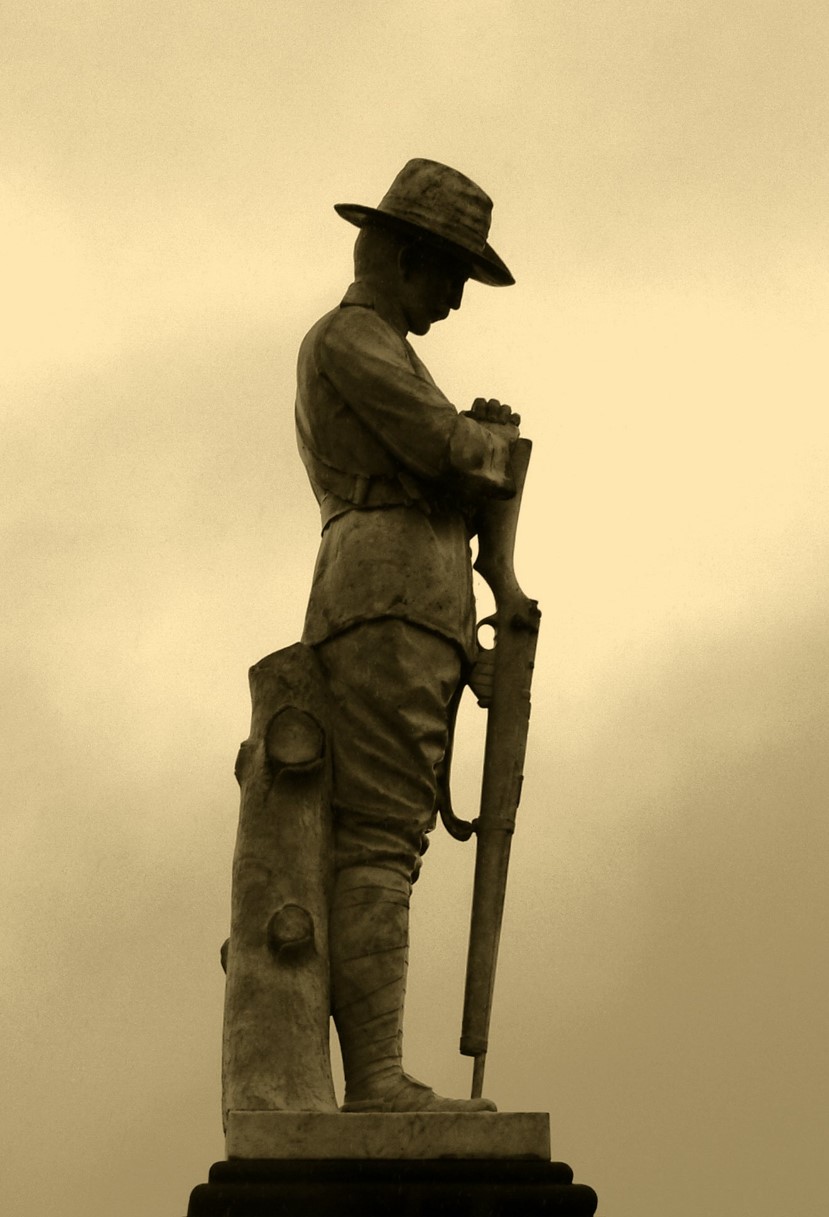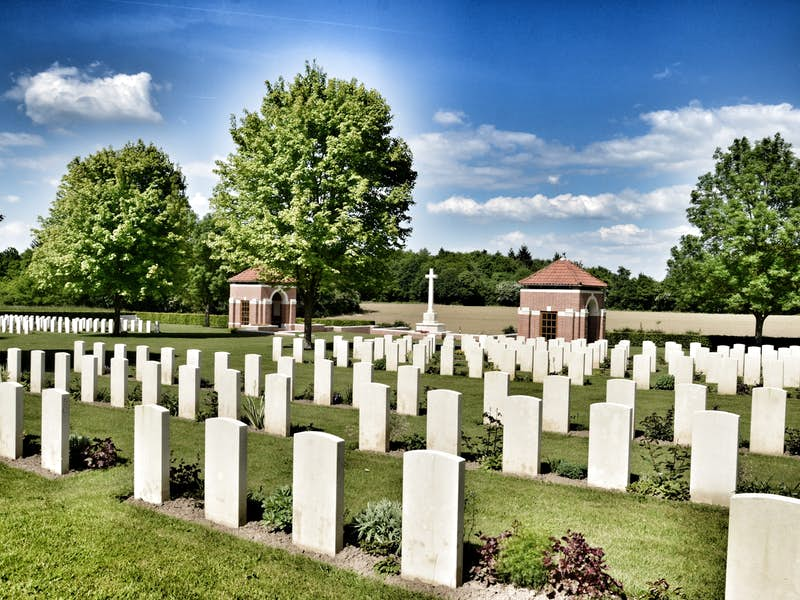Flight Sergeant Lionel Kenneth Robson, the son of Roland Patten Robson and Vera Maud Robson (nee Mackenzie), was born at Atherton in Queensland on 1st November 1924. He attended the Gatton State High School during the 1936 until 1938. He was a student at the Toowoomba Grammar School during the years 1939 until 1941 where he completed the University of Queensland Senior Public Examination. Whilst aa student at the Grammar School he served in the School Cadets. After leaving school he entered the Teachers’ Training College in Brisbane in 1942 and enrolled part-time in an Arts Degree at the University of Queensland. Whilst a trainee teacher, he served as a Sergeant in the Air Training Corps. He applied for aircrew training in the Royal Australian Air Force on 23rd October 1942.
Flight Sergeant Lionel Robson was enlisted in the Citizen Air Force of the R.A.A.F. at No. 3 Recruiting Centre in Brisbane on 25th February 1943 after giving a commitment that he would serve for the duration of the war and an additional twelve months. At the time of his enlistment he was residing at “Atlantic”, 31 Agnes Street, Valley, Brisbane. His physical description was that he was 5 feet 9 inches in height and weighed 137 pounds. He had a fair complexion, blue eyes and brown hair. He stated that he was of the Church of England religion. He gave his next of kin as his father, Mr Roland Patten Robson, residing at Prince Edward Parade, Queens Beach, Redcliffe. His father’s address was later changed to c/- Municipal Officers Association, Teachers Building, 81 Elizabeth Street, Brisbane.
Flight Sergeant Lionel Robson was allotted the service number of 434999 and sent to join No. 3 Initial Training School at Kingaroy in Queensland on 25th February 1943. After completing basic service training at Kingaroy he joined No. 1 Air Observer School at Cootamundra in New South Wales for training as a navigator. He joined No. 1 Bombing & Gunnery School at Evans Head in New South Wales on 20th September 1943 as a student on No. 39 Navigators Course. Upon completion of his training at Evans Head he qualified for the Navigator Qualification Badge on 4th November 1943. He then proceeded to No. 1 Air Navigation School also situated at Evans Head in New South Wales where he was a student on No. 39 Navigators (B) Course during the period 13th November until 9th December 1943. He was promoted to the rank of Temporary Sergeant on 9th December 1943 and on the following day he joined No. 2 Embarkation Depot at Bradfield Park in Sydney to prepare for movement overseas. He embarked by sea transport from Brisbane on attachment to the Royal Air Force on 29th December 1943 and he disembarked in Canada during the voyage. He arrived in England on 9th February 1944 where he joined No. 11 Personnel Despatch & Reception Centre at Bournemouth.
Flight Sergeant Lionel Robson proceeded to join No. 7 (Observer) Advanced Flying Unit at Royal Air Force Station Bishops Court in Northern Island on 7th March 1943. He joined No. 18 Operational Training Unit on 11th April 1944 where he received training on Vickers Wellington aircraft.. He was remustered as a Navigator (B) and promoted to the rank of Temporary Flight Sergeant on 9th June 1944. He joined No. 11 Base at Royal Air Force Station Lindholme on 23rd June 1944 where he probably converted to Lancaster heavy bombers. He joined No. 101 Squadron Royal Air Force at R.A.F. Station Oakington for operational duties on 27th August 1944.
Flight Sergeant Lionel Robson was the Observer and crew member of a No. 101 Squadron Royal Air Force Lancaster LL758 that was detailed to attack the Saarbrucken Marshalling Yards in Germany on 6th October 1944. The aircraft took off from Ludford Magna at 17.06 hours on 5th October 1944 on an operational sortie. Nothing was heard of or from this aircraft after take-off. The aircraft was fitted with airborne cigar as a special operator was an additional member of the crew. Subsequent investigations revealed that the Lancaster had crashed about 2030 hours on 5th October near Tremblois. Of the five dead bodies found, Flight Sergeant Robson was identified by a boot marked Robson, L.K. At the time of his death Lionel Robson was 19 years of age. He was buried in the Henri Chapelle Cemetery No. 1 Cemetery, Province of Liege, Belgium. In 1947 Flight Sergeant Lionel Robson’s body and those of his crew were exhumed and buried in the Hotton British Cemetery, Province of Luxembourg, Belgium. When Lionel Robson’s body was exhumed the Graves Registration Company recovered an identity disc, photographs, and identity card and six souvenir coins.
Flight Sergeant Lionel Robson, for his service during World War 2, received the Navigator Qualification Badge, the 1939/1945 Star, the France and Germany Star, the Defence Medal, the War Medal, and the Australian Service Medal 1939/1945.. His name is commemorated on Panel No. 129 at the Australian War Memorial in Canberra and locally on the Toowoomba Grammar School WW2 Honour Board.
Note
“The Lancasters of No. 101 Squadron of the Royal Air Force were distributed among the bomber stream. Each carried a special operator who stayed in a special cabin between the rest bed and mid-upper turret. He operated three special transmitters and tuned into German radio and jammed instructions being given to night fighter pilots. It was so hush-hush that even the remainder of the crew knew little about it. He was cut off from the rest of the crew on the intercom while he was working.”
101 Squadron Lancaster bombers were equipped with a top secret radio jamming system codenamed “Airborne Cigar” (ABC) that was operated by an eighth crew member who could understand German. The extra crew members were known as “Special Operators”. They sat in a curtained off area towards the rear of the aircraft and locating and jamming German fighter controllers’ broadcasts and occasionally posing as controllers to spread disinformation. The aircraft were distinct from the normal Lancaster bombers due to the large 7 foot antennae on their fuselage. Deliberately breaking the standing operating procedure of radio silence to conduct the jamming made the aircraft highly vulnerable to being tracked by enemy aircraft and attacked. This probably accounts for the fact that no 101 Squadron suffered the highest casualty rate of any squadron in the Royal Air Force (1094 crew killed and 178 becoming prisoners of war).

Airborne Cigar Lancaster showing the distinctive aerials.
Toowoomba Grammar School archive records show that he enrolled as a boarder on 30th January 1940 and he left the School on 5th December 1941. His parent was shown as Mr Roland Patten Robson, Town Clerk of Redcliffe. He passed the Senior examination in 1941 in six subjects and played 2nd XI Cricket and 2nd XV Rugby. He then obtained a Teachers’ Training College scholarship.




